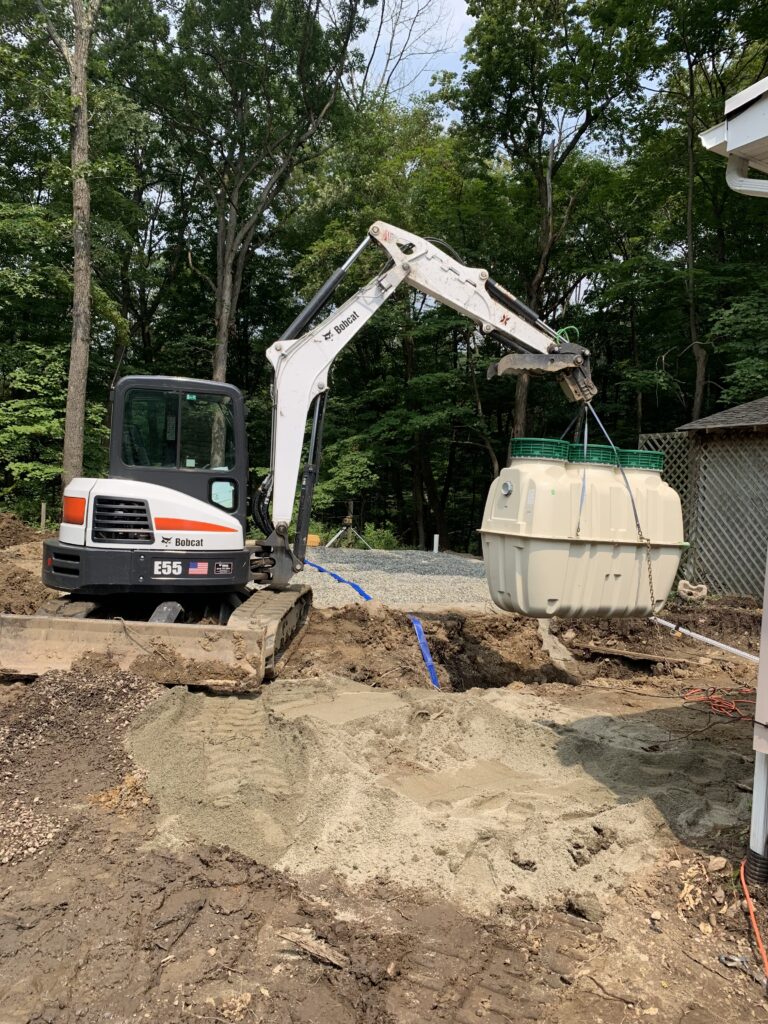When installing a septic system, one of the most critical considerations is the depth of the trench where the septic drain field pipes will be laid. The depth of the trench is vital to ensure the proper functioning of the septic system and to protect it from potential damage.
Standard Trench Depth
Typically, trenches for a septic system should be between 18 to 30 inches deep. However, the exact depth can vary depending on several factors, including soil composition, local regulations, and the type of septic system being installed. The pipes need to be deep enough to avoid surface damage but not so deep that the wastewater doesn’t properly filter through the soil.
Soil and Site Conditions
Soil type plays a significant role in determining the appropriate trench depth. For instance, sandy soils may require shallower trenches, while clay-heavy soils might need deeper ones to ensure proper drainage. Additionally, the water table level in your area can influence trench depth; in areas with a high water table, shallower trenches might be necessary to avoid groundwater contamination.
Local Regulations
Always consult local building codes and health department guidelines before digging. Different regions have varying requirements for septic system installation, including minimum and maximum trench depths. Compliance with these regulations is crucial to ensure that your septic system is safe, effective, and up to code.
Professional Assessment
Given the complexities involved, it’s often best to consult with a professional excavation or septic system installer. They can assess your specific site conditions, recommend the appropriate trench depth, and ensure that your system is installed correctly.
In conclusion, while the typical trench depth for a septic system ranges from 18 to 30 inches, it’s essential to consider soil conditions, local regulations, and expert advice to determine the optimal depth for your specific situation. Proper trench depth is key to the long-term effectiveness and reliability of your septic system.

